Observability vs Monitoring: Why You Need Both
Time to read: 10
When managing complex IT systems, you know how important it is to have visibility into their performance and health. You probably use various monitoring tools to collect metrics, logs, and traces from your servers, applications, networks, and devices.
But is monitoring enough to ensure that your systems are reliable, secure, and efficient?
In order to help clients navigate this challenge, CSI’s technicians created this blog to explain the difference between observability vs monitoring, and why businesses need both to gain a holistic understanding of their IT environment. In our breakdown, our technicians also show you how CSI can help you achieve observability for your systems with a cloud-based platform that integrates monitoring, alerting, analytics, and automation.
What is Monitoring?
Monitoring is the process of collecting data from your IT systems and displaying it in dashboards or reports. Monitoring helps you answer questions like:
- How many requests are being processed by my web server?
- What is the average response time of my database?
- How much CPU and memory is being used by my application?
- How much bandwidth is being consumed by my network?
- Are there any errors or failures in my system?
Monitoring helps you detect problems in your systems before they affect your users or customers and provides historical data and context.
However, monitoring has some limitations. It can only tell you what is happening in your systems based on predefined metrics and thresholds. It cannot tell you why something is happening or how to fix it. It also cannot account for unknown or unexpected events that may affect your systems.
That’s where observability comes in.
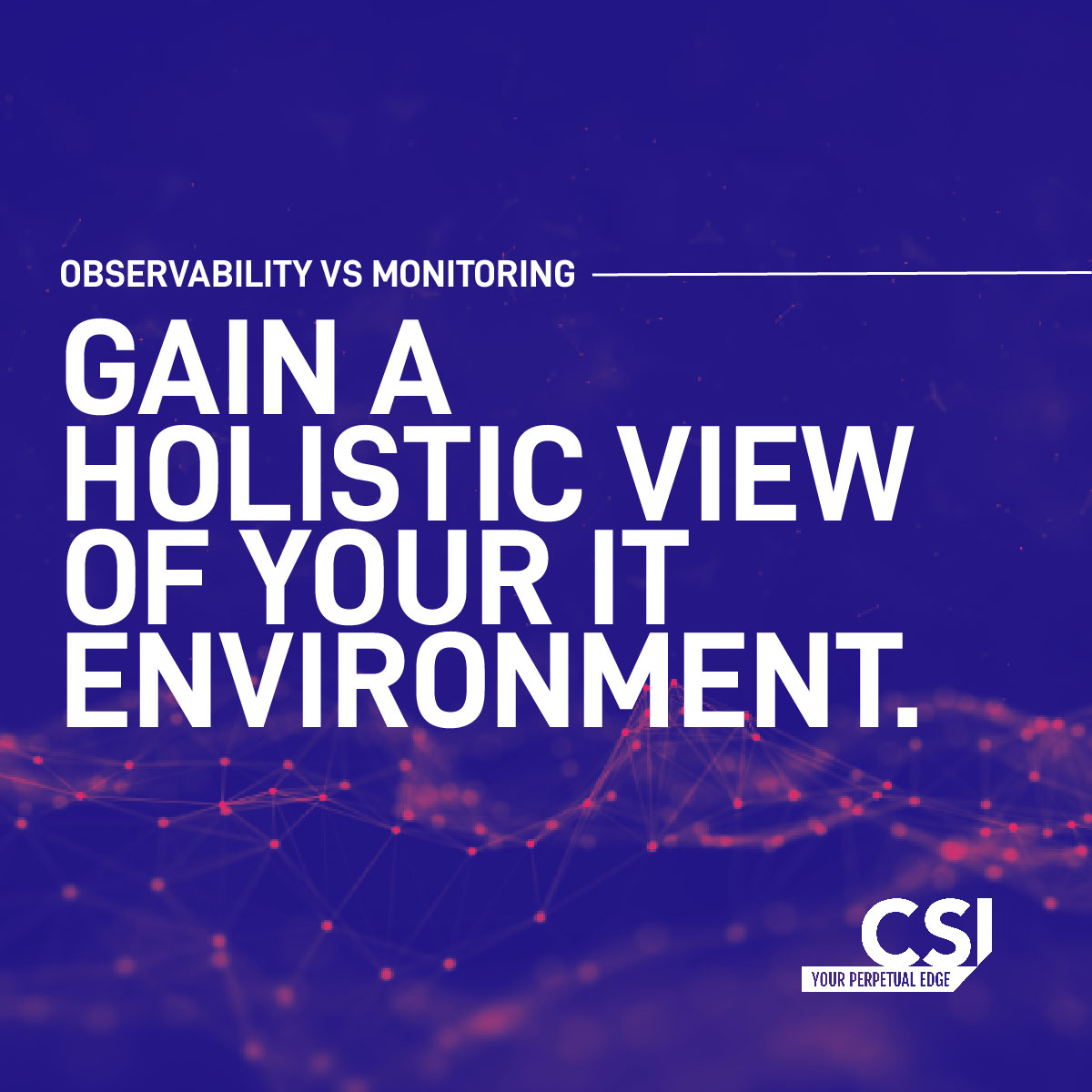
What is Observability?
Observability is the ability to infer the internal state of your IT systems from the external outputs. Observability helps you answer questions like:
- Why did my web server crash?
- What caused the spike in the response time of my database?
- How does CPU and memory usage affect the performance of my application?
- How does network latency impact the user experience?
- What are the root causes and impacts of errors or failures in my system?
Observability helps you understand the behaviour and interactions of your systems across different layers and domains. It also helps you discover unknowns or anomalies that may affect your systems.
Observability requires more than just collecting data from your systems. It requires analysing data from multiple sources and perspectives using advanced techniques such as machine learning (ML) and artificial intelligence (AI). It also requires creating actionable insights from data that can help you optimise or improve your systems.
Here’s Why You Need Both Observability and Monitoring
You might think that observability is a replacement for monitoring, but that’s not true. Observability and monitoring are complementary concepts that work together to provide a complete picture of your IT environment.
Monitoring provides a baseline for observability by collecting data from your systems. Without monitoring data, observability would be impossible or very limited.
Observability enhances monitoring by providing deeper insights into your systems beyond what monitoring can offer. Without observability insights, monitoring data would be incomplete or superficial.
By combining observability and monitoring, you can achieve several benefits for your IT operations such as:
- Faster problem detection and resolution
- Better root cause analysis and impact assessment
- Improved system performance and efficiency
- Enhanced user experience and satisfaction
- Increased business value and innovation
How CSI Can Help You Achieve Observability
CSI utilises a leading cloud-based platform that provides comprehensive observability for complex IT environments. It integrates monitoring, alerting, analytics, and automation into one solution that covers all aspects of observability such as:
Data Collection: collects metrics, logs, traces, events, configurations, topologies, and more from thousands of sources across hybrid cloud environments using agentless methods.
Data Analysis: analyses data using machine learning and AI to provide anomaly detection, root cause analysis, dynamic thresholds, forecasting, correlation, and more.
Data Visualisation: displays data in customisable dashboards and reports that provide real-time visibility into system health and performance.
Data Action: triggers alerts based on predefined rules or dynamic conditions that notify relevant stakeholders via email, SMS, phone call, or integrations with third-party tools such as Slack or ServiceNow.
It also enables automated actions such as scaling up/down resources or executing scripts based on alert conditions.
With an observability platform, you can gain a holistic understanding of your IT environment, identify issues before they affect users, resolve problems faster, optimise system performance, enhance user experience, and drive business value.
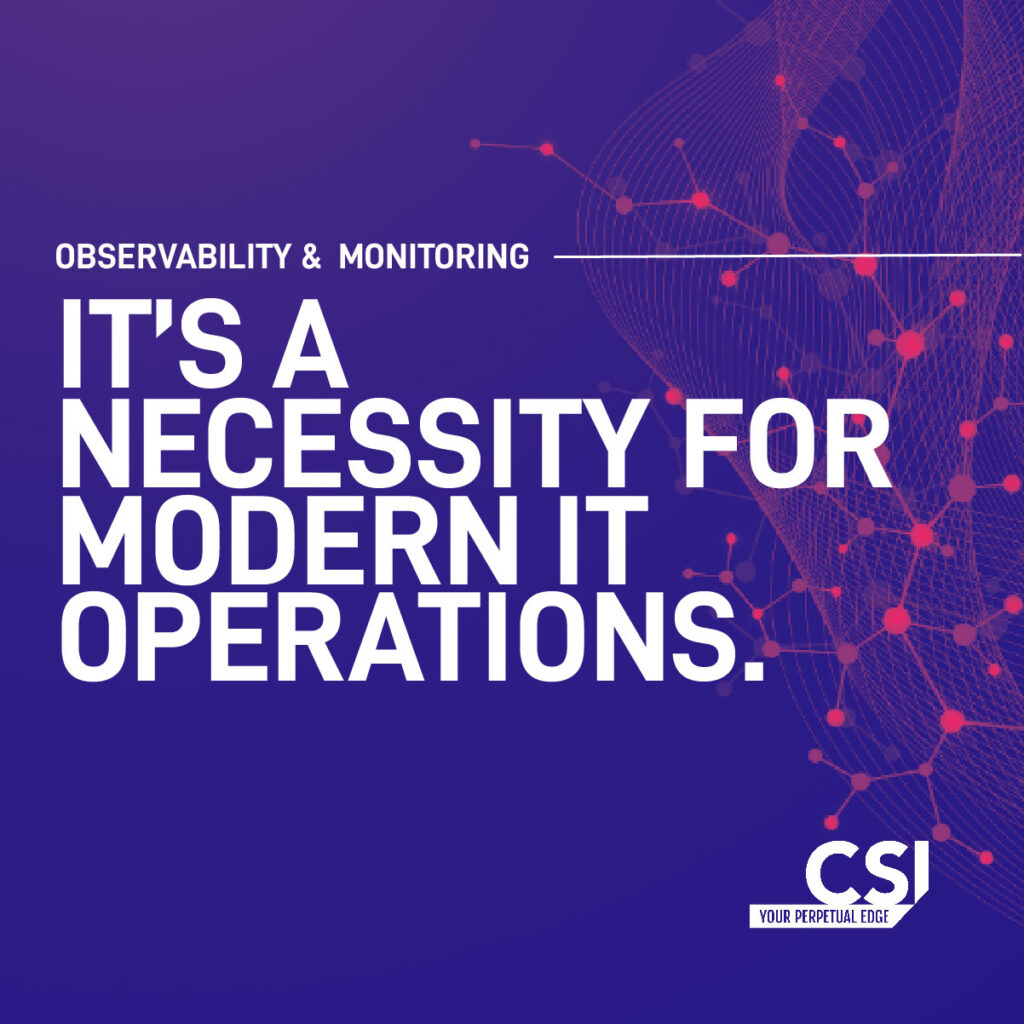
Observability vs Monitoring: Conclusions
Observability is not just a buzzword, it’s a necessity for modern IT operations.
Observability helps you understand what is happening in your systems and why. Monitoring helps you collect data from your systems and display it. You need both observability and monitoring to gain a complete picture of your IT environment.
If you want to learn more about how CSI can help you achieve observability for your systems, get in touch with one of our technicians today.
Read more articles
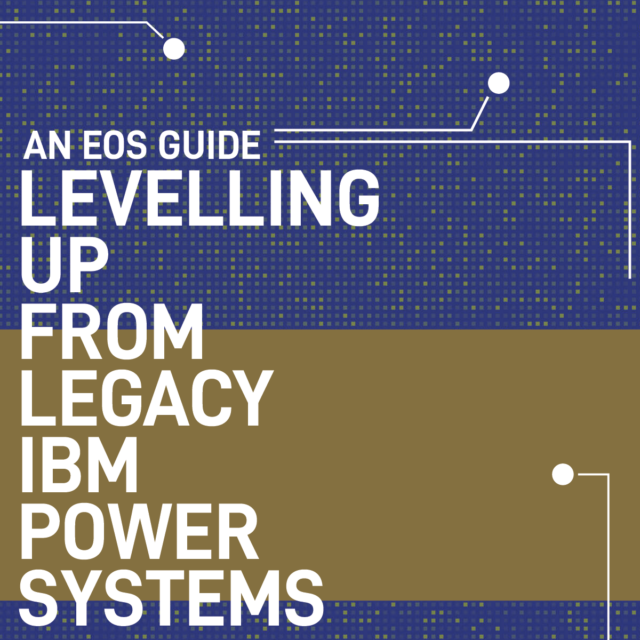
IBM Power
Levelling Up from Legacy IBM Power Systems (An EOS Guide)
Why Modernisation Matters Modernisation is often about market competitiveness and relevance. For modernised organisations, offboarding outdated hardware is a matter…
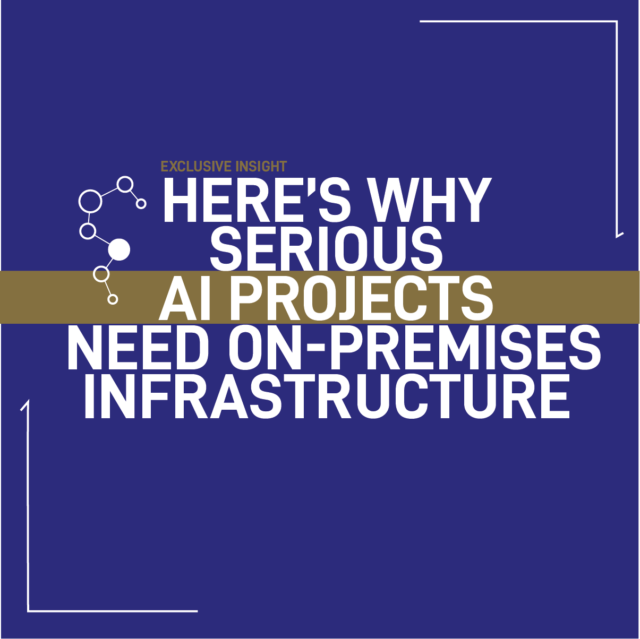
IBM Power
Why Private infrastructure is better for AI
Running AI Models vs. Building New AI Models: Inferencing and Training To make informed platform choices depends on a clear…
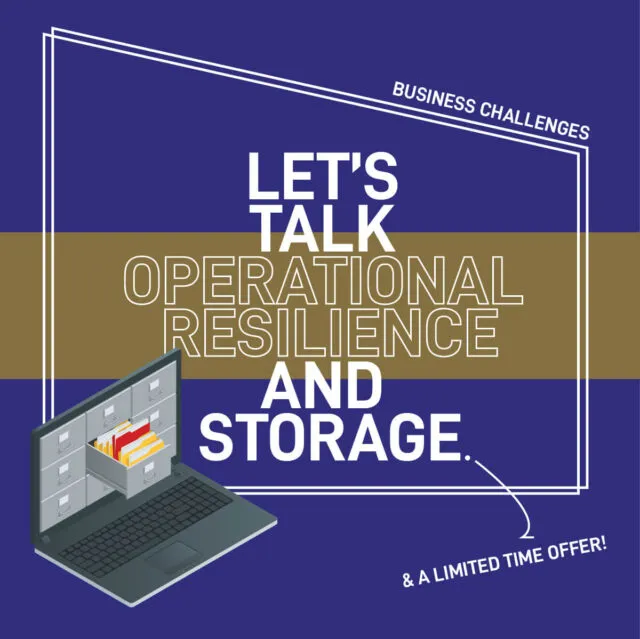
Storage and Backup
Improving Operational Resilience (With AI-driven Technology)
The Financial Impact of Cyber Attacks is Underestimated On average, analysts have discovered, a cyber-attack will force a UK SME…
Ready to talk?
Get in touch today to discuss your IT challenges and goals. No matter what’s happening in your IT environment right now, discover how our experts can help your business discover its competitive edge.